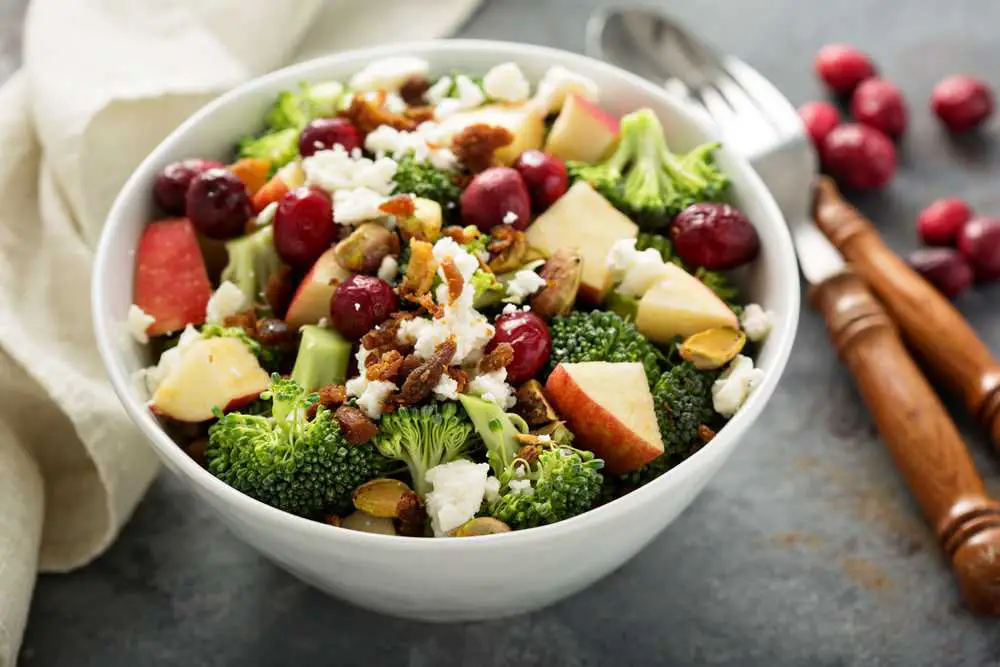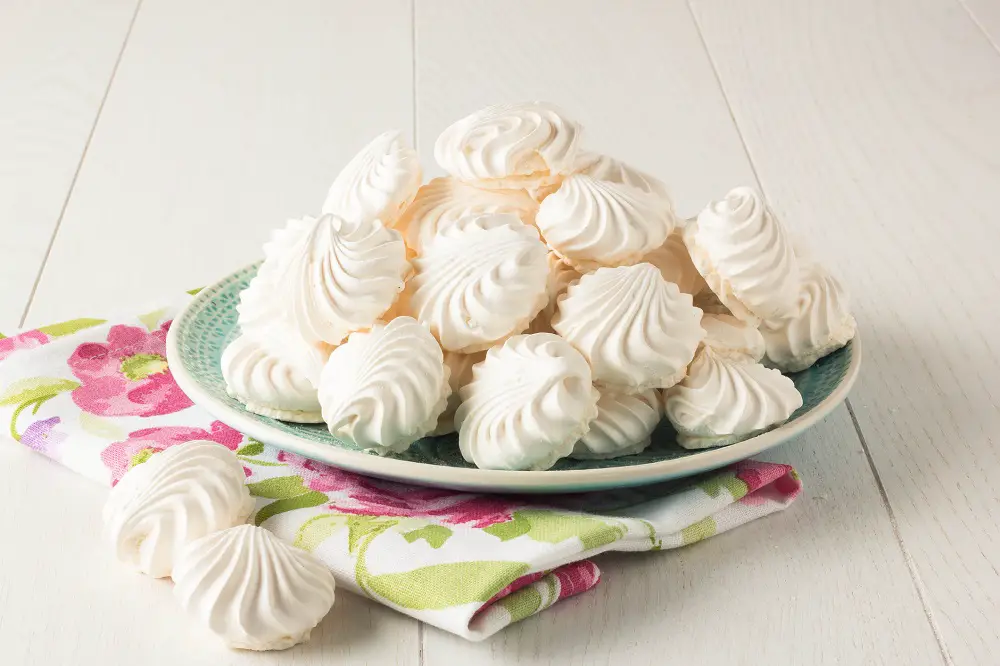Angel Food Candy is a classic confectionery that has been delighting sweet-toothed individuals for generations. This ethereal treat is known for its airy texture, delicate sweetness, and a satisfying crunch that makes it a favorite during various festive occasions. In this article, we will explore the rich history of Angel Food Candy and provide you with a step-by-step guide to creating this heavenly confection in the comfort of your own kitchen.
The History of Angel Food Candy
Angel Food Candy, also known as sponge candy or seafoam candy, has a long and storied history that dates back to the 19th century. Its origins are often traced to the United States, particularly in regions with a strong influence of German and Polish immigrants. The candy’s name, “angel food,” is derived from its light and airy texture, resembling the spongy crumb of angel food cake.
The traditional recipe for Angel Food Candy involves a fascinating process of creating a honeycomb-like structure by incorporating baking soda into a sugar syrup. This reaction causes the mixture to expand rapidly, resulting in the characteristic porous and delicate texture of the candy.
Ingredients
Before we delve into the step-by-step process of making Angel Food Candy, let’s gather the essential ingredients:
2 cups granulated sugar
1/2 cup light corn syrup
1/2 cup water
1 tablespoon white vinegar
1 tablespoon baking soda
1 teaspoon vanilla extract
Dark or milk chocolate for coating (optional)
Equipment:
Heavy-bottomed saucepan
Candy thermometer
Baking sheet
Parchment paper
Whisk
Heat-resistant spatula
Now that we have everything we need, let’s embark on the journey of creating this delightful confection.
Step-by-Step Guide to Making Angel Food Candy
Prepare Your Workspace:
Before you start, ensure that your workspace is clean and organized. Line a baking sheet with parchment paper and set it aside.
Combine Ingredients:
In a heavy-bottomed saucepan, combine sugar, corn syrup, water, and vinegar over medium heat. Stir the mixture until the sugar dissolves, then stop stirring and let it come to a boil.
Use a Candy Thermometer:
Attach a candy thermometer to the side of the saucepan, ensuring that the tip is immersed in the sugar syrup but doesn’t touch the bottom. Cook the syrup until it reaches 300°F (hard crack stage). This step may take about 10-15 minutes.
Add Baking Soda:
Once the syrup reaches 300°F, remove the saucepan from heat. Quickly add the baking soda to the mixture and whisk vigorously. Be cautious, as the baking soda will cause the mixture to foam and expand rapidly.
Flavor with Vanilla:
After whisking in the baking soda, add the vanilla extract and mix well. The vanilla adds a subtle and aromatic flavor to the candy.
Pour onto Baking Sheet:
Immediately pour the hot, foamy mixture onto the prepared baking sheet. Allow it to spread naturally, and don’t press it down. Let it cool and harden for at least 30 minutes.
Break into Pieces:
Once the candy has completely cooled and hardened, use a heat-resistant spatula or your hands to break it into bite-sized pieces. The candy should have a light and airy texture, resembling a honeycomb.
Optional: Chocolate Coating (Tempering):
For an extra indulgent touch, melt dark or milk chocolate and dip each piece of Angel Food Candy into the chocolate. Allow the chocolate to set before serving.
Tips and Tricks for Perfect Angel Food Candy
Precision Matters:
Candy-making is a precise science, so it’s crucial to use accurate measurements and a reliable candy thermometer to achieve the desired results.
Quick and Confident Movements:
When adding the baking soda, work quickly and confidently. The reaction happens fast, and you want to ensure that the candy maintains its airy texture.
Avoid Overmixing:
Once the baking soda is added, mix only until combined. Overmixing can deflate the candy and result in a denser texture.
Experiment with Flavors:
While vanilla is the classic flavor, feel free to experiment with other extracts or flavorings to customize your Angel Food Candy.
Store Properly:
Store the finished candy in an airtight container at room temperature. Humidity can affect the texture, so keep it in a dry place.
Making Angel Food Candy at home is a delightful adventure that allows you to savor the charm of a classic confectionery tradition. Whether you’re crafting these sweets for a special occasion or simply indulging your sweet tooth, the light and airy texture, combined with the subtle sweetness, is sure to make Angel Food Candy a favorite in your household. So, gather your ingredients, follow the steps carefully, and enjoy the heavenly taste of homemade Angel Food Candy.
The Versatility of Angel Food Candy
One of the enchanting aspects of Angel Food Candy is its versatility. While the classic recipe is a delight on its own, you can explore various ways to elevate this confectionery and add your own unique twist. Here are some creative ideas to customize your Angel Food Candy:
Nutty Crunch:
Incorporate chopped nuts like almonds, pecans, or hazelnuts into the candy mixture before it sets. The combination of the airy candy and the nutty crunch adds a delightful texture contrast.
Citrus Infusion:
Infuse a hint of citrus by adding grated orange or lemon zest to the sugar syrup. The citrus notes will bring a refreshing element to the candy, making it perfect for spring or summer celebrations.
Spice it Up:
Experiment with warm spices like cinnamon, nutmeg, or even a dash of cayenne pepper for a unique and unexpected flavor profile. Just be mindful of the quantities to avoid overpowering the delicate sweetness of the candy.
Dipped in Decadence:
Take the chocolate coating to the next level by incorporating different types of chocolate or adding a sprinkle of sea salt on top. The interplay of sweet and salty with the airy candy creates a sophisticated treat.
Candy Bars or Truffles:
Instead of breaking the candy into irregular pieces, press the warm mixture into a square or rectangular mold to create candy bars. Alternatively, roll the cooled candy into bite-sized truffles for a more elegant presentation.
Flavored Extracts:
While vanilla is a classic choice, explore other flavored extracts such as almond, mint, or coconut to introduce new dimensions to the candy’s taste profile.
Sharing the Love: Gift Ideas and Presentation
Angel Food Candy makes for an excellent homemade gift, and presenting it beautifully adds an extra touch of thoughtfulness. Consider these ideas for sharing your homemade Angel Food Candy with friends and family:
Gift Bags or Boxes:
Place the candy in decorative bags or boxes tied with ribbons or twine. This not only enhances the visual appeal but also makes it easy for recipients to enjoy your thoughtful gift.
Personalized Labels:
Create personalized labels or tags with a brief description of the candy and any special flavors or ingredients you’ve added. This adds a touch of charm and makes your gift even more memorable.
Candy Bouquet:
Arrange the candy pieces on long sticks or skewers, creating a candy bouquet. Place the bouquet in a decorative vase or container for a stunning and edible gift presentation.
Layered Jars:
If you’re feeling particularly crafty, layer the candy pieces in clear glass jars, creating a visually appealing display of colors and textures. Attach a recipe card or a note detailing the candy-making process for an interactive gift experience.
Incorporate Seasonal Themes:
Tailor the presentation to match the season or occasion. For example, use pastel-colored ribbons for spring, autumn-themed wrapping for fall, or festive red and green for the holidays.
Troubleshooting Tips
Even with careful attention to detail, candy-making can sometimes be a bit tricky. Here are some common issues you might encounter and how to troubleshoot them:
Candy Too Dense:
If your Angel Food Candy turns out denser than desired, it’s possible that you overmixed the baking soda or let the sugar syrup cook for too long. Try adjusting the cooking time and ensuring that you whisk the baking soda just until combined.
Sugar Crystals Formed:
Sugar crystals can form if the sugar syrup isn’t fully dissolved before reaching the hard crack stage. To prevent this, use a clean brush dipped in water to brush down any sugar crystals that may have formed on the sides of the saucepan.
Uneven Texture:
Uneven texture can result from uneven spreading of the candy mixture on the baking sheet. Work quickly and use a spatula to spread the mixture evenly to achieve a consistent texture.
Chocolate Coating Issues:
If you’re experiencing challenges with the chocolate coating, ensure that you temper the chocolate properly. Tempering prevents the chocolate from becoming dull or developing a white film upon cooling.
A Sweet Symphony of Flavors and Textures
In conclusion, crafting Angel Food Candy at home is a delightful journey into the world of confectionery. The combination of airy sweetness, subtle flavors, and a satisfying crunch makes this treat a timeless favorite. With a bit of creativity and personalized touches, you can make your Angel Food Candy truly unique and share the joy with friends and family. So, put on your apron, gather your ingredients, and let the sweet symphony of flavors and textures unfold in your kitchen. Enjoy the magic of homemade Angel Food Candy!


















